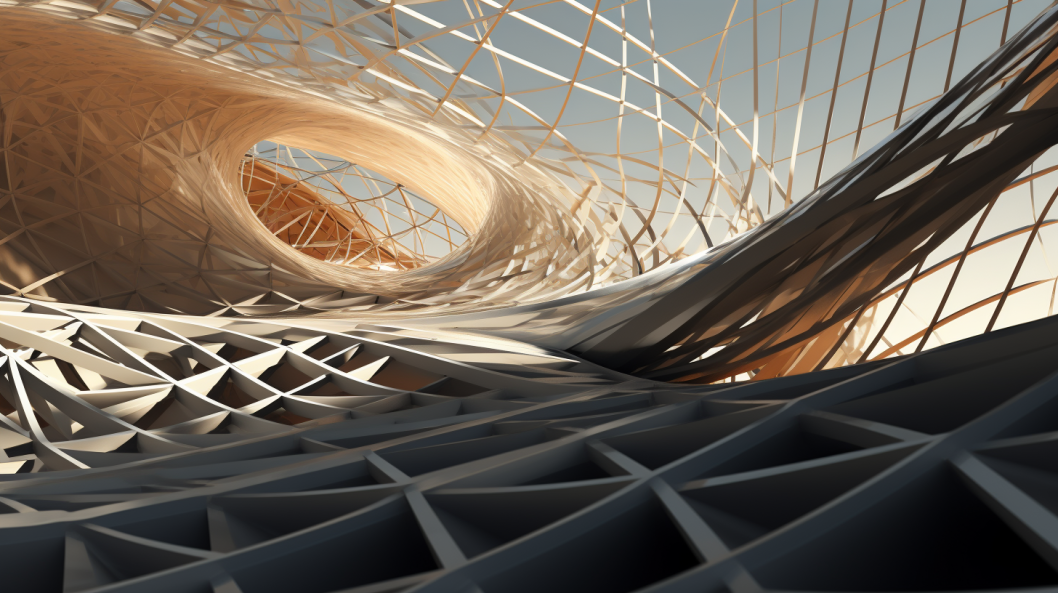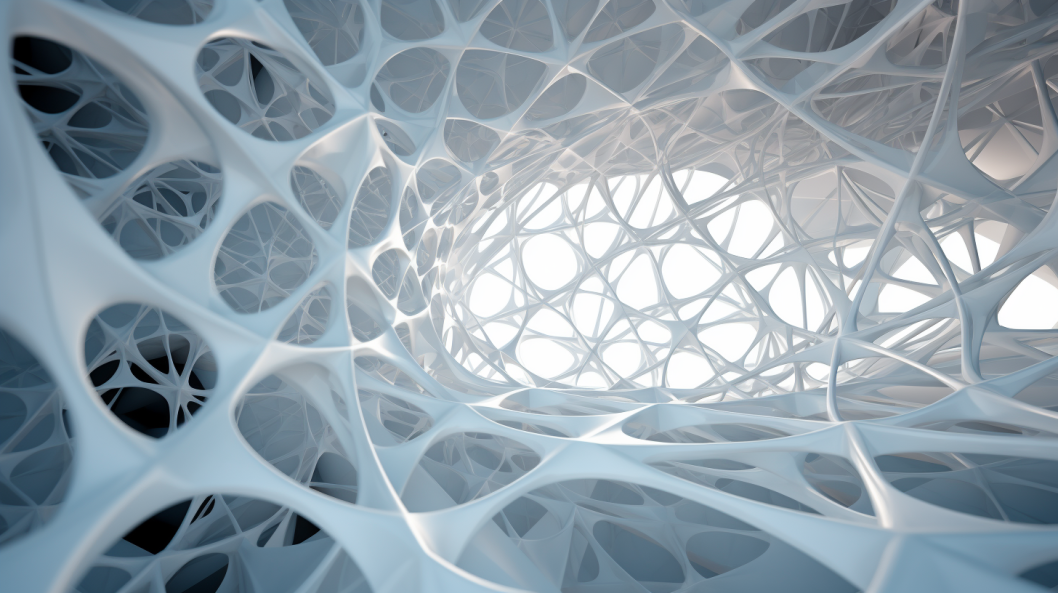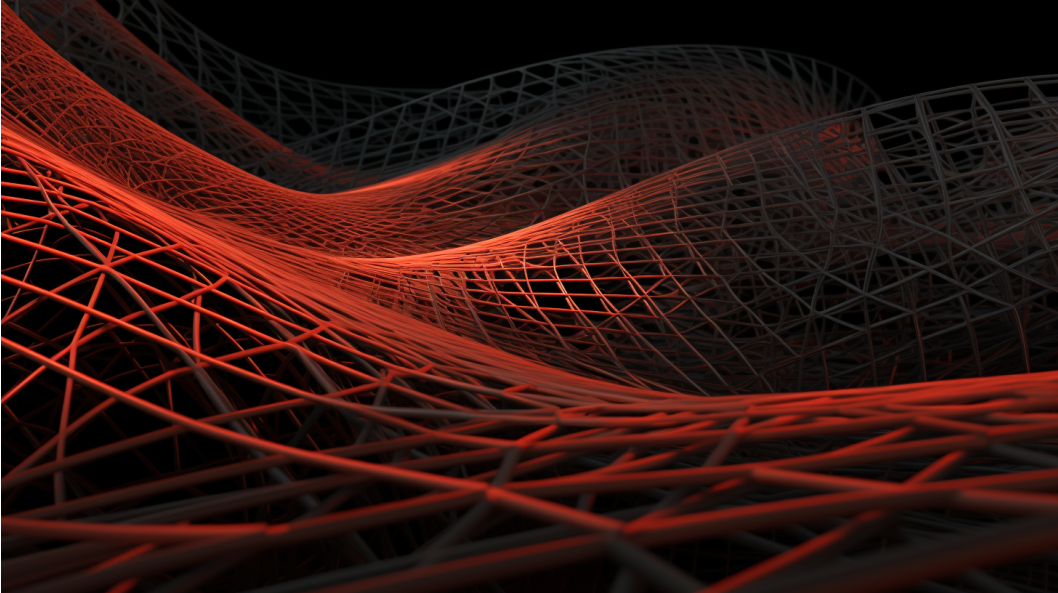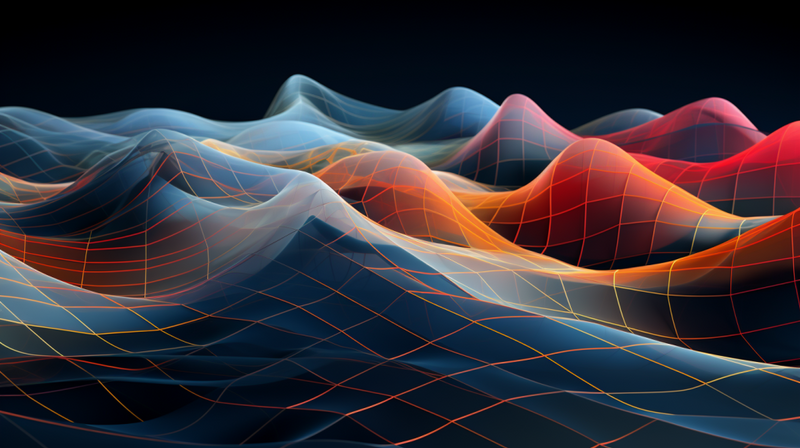Beyond the Grid: Designing with Curves, Chaos, and Computers
In a world often stuck with rigid rules and perfect symmetry, there's a huge area of design possibilities that often gets ignored. "Beyond the Grid" isn't just an idea; it's a celebration of shapelessness and a tribute to flexible, unpredictable creativity. Embracing this non-linear design, especially through computational geometry, means getting comfortable with complexity, chaos, and, surprisingly, a different kind of order. It points to a future where spaces, structures, and patterns ignore traditional straight lines and predictable forms, freeing design from old-fashioned restrictions.
When designers and architects go "beyond the grid," they start an endless journey of exploration. They dig into the very essence of shape and space to invent new ways of seeing and experiencing things. How empty spaces relate to solid ones, how light plays with shadow, and how form and function intertwine all come together in a harmonious dance of seemingly chaotic yet subtly organized patterns. This leads to structures and spaces that are as fluid and dynamic as nature itself, showing a balance in every part of their form.
Designers begin to create something that goes beyond what you can touch, entering a realm where emotional and deep connections with space become extremely important. It's a dimension where buildings feel alive, patterns pulse, and spaces change, giving people the freedom to understand and interact with them in many different ways. Without strict rules, sensory experiences and emotional responses guide how designs are formed and changed, opening doors to endless possibilities where every curve, angle, and color tells new stories.
Non-Linear Design: A Necessary Change
Traditionally, design, whether in buildings, graphics, or digital platforms, has always relied on grids as basic structures. Grids mean order, easy navigation, and stability; they provide a systematic, logical layout that ensures balance and good proportions. However, they also create limitations, trapping creativity in structured blocks and stopping the flow of natural forms.
Non-linear design appears as a necessary change, offering ways to explore new territories in design. It encourages the interplay of curves, unpredictable shapes, and uncertainty, allowing designers to create more organic, flowing, and intuitive spaces. Through this apparent chaos, it introduces a unique, though hidden, order, bridging the gap between computer precision and abstract beauty.

The Role of Computational Geometry
Computational geometry is key to making non-linear design possible:
- Handling Complexity: It allows for managing and navigating the complexity in non-linear designs. It lets designers create, analyze, and manipulate spatial forms using computer algorithms, turning seemingly chaotic patterns into measurable, manageable things.
- Modeling Nature’s Chaos: Nature itself is full of non-linear designs, from the intricate web of tree branches to the shapeless formation of clouds. Computational geometry lets designers imitate and manipulate these naturally occurring patterns, leading to designs that are in harmony with natural elements and forms.
- Innovation in Architectural Forms: In architecture, computational geometry helps in imagining and creating structures that go beyond traditional straight buildings. By allowing architects to manipulate spatial coordinates and relationships through algorithms, it opens up possibilities for constructing buildings that are not only useful and strong but also artistic masterpieces.
- Interactivity and User Experience: In the digital world, non-linear design made possible by computational geometry can significantly improve how users experience and interact with things. By letting design elements break free from rigid structures, users can engage with more dynamic, responsive, and immersive digital environments.

Reimagining Spaces and Structures
Non-linear design goes beyond just looking good. It brings many benefits across various areas:
- Biomimicry and Sustainability: Through non-linear design, architects and designers can embrace biomimicry, taking inspiration from nature to create sustainable solutions. Computational geometry allows these complex, nature-inspired designs to be turned into practical, buildable forms.
- Emotional Connection: Spaces and objects designed with a non-linear approach tend to connect more deeply on an emotional level, creating a bond between the built environment and the people who inhabit it.
- Problem Solving: Solutions to complex design challenges, especially in making the most of space and allocating resources, often lie outside traditional structures. Here, non-linear design acts as a tool for problem-solving, unlocking innovative answers to complex issues.
- Inclusive Design: Non-linear design, driven by computational geometry, can also lead to more inclusive design practices, creating spaces and structures that are flexible and accessible to a diverse group of users. This gives them a universal appeal that traditional designs might sometimes lack.

Towards a Non-Linear Future
The journey "beyond the grid," though seemingly chaotic, opens up a universe filled with unlimited creativity and untapped potential. Embracing non-linear design through computational geometry is not just a step but a leap towards an innovative, sustainable, and emotionally rich future. It's an invitation to explore, to make mistakes, to learn, and to eventually discover a design philosophy that reflects both the chaotic and harmonious elements of nature and human intuition.
In a world struggling with environmental, social, and technological challenges, moving "beyond the grid," even symbolically, offers not just innovative design solutions but also new ways to tackle issues with an open, unrestricted mindset. This new approach not only reshapes our physical and digital worlds but also rebuilds our ways of thinking, encouraging approaches that are multi-dimensional, inclusive, and truly human.

